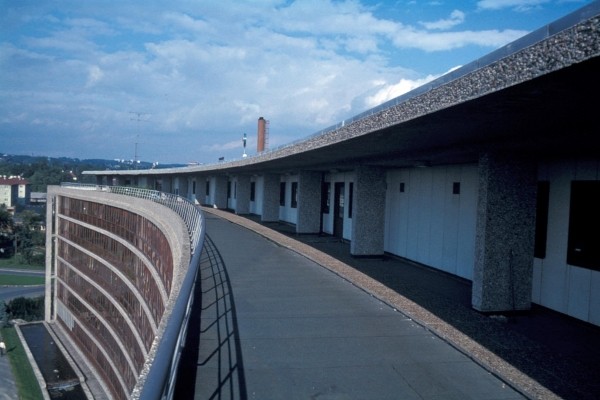Contractors know why EPDM is good for commercial roofing because of their years of experience with the material.
Most commercial property owners need an affordable but durable roof. Aside from ethylene propylene diene monomer (EPDM) roofs, they have other single-ply membrane choices. Nevertheless, majority of commercial property owners go with rubber roofing.
EPDM remains highly attractive because of its extremely affordable price. Compared to other single-ply membranes and traditional roofing materials, EPDM only costs about a fraction of a dollar. Additionally, it requires less maintenance!
What Roofs Do Commercial Structures Need
Single-ply membrane is the top flat roofing material for commercial properties. However, you can use commercial or architectural shingles if your property has a slope. It is an expensive choice, but it helps elevate the longevity and curb appeal of the property.
Most commercial properties rely on the exterior cladding of their buildings for curb appeal. Because people rarely see the roof, any type of single-ply membrane definitely works.
Lastly, most local commercial property codes will require commercial buildings use fire-retardant materials.
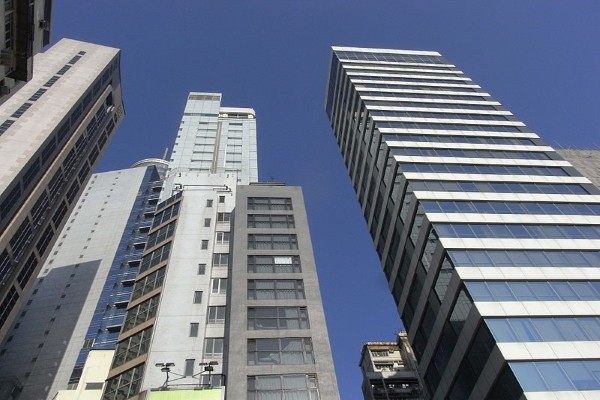
Excellent Insulation
Commercial buildings will house multiple floors. If it has a roof with poor insulation, every office’s HVAC system will fail in stabilizing the internal room temperature.
Additionally, poor insulation will let outside weather enter and cause interior-damaging moisture, debris, and lifeforms such as fungi and molds.
Roofing material manufacturers today ensure their materials have excellent insulation. However, they only rely on licensed contractors to install the roofing material properly so it introduces these capabilities.
Decades of Longevity
Commercial properties are more expensive than residential properties. Additionally, contractors create them with materials that can last for decades. Due to these requirements, it only makes sense its roofing materials must be on par or surpass the requirements.
Fortunately, most roofing materials in the market including EPDM can last for decades. Roof manufacturing standards require roofing materials undergo stress tests in temperature, sediment, and weathering to provide superior property protection.
These tests are expensive on behalf of manufacturers. However, even though the cost passes on to buyers, the tests produce outstanding and useful roofing materials for commercial properties.
Fireproof
Poor roofing materials can catch fire quickly. Thanks to existing manufacturing standards, commercial property owners can have roofing materials with excellent retarding capabilities.
Manufacturers add special fire-retarding coating in most roofing materials. Fiberglass-coated roofs are fire-retardant and require less frequent maintenance too. However, the only downside is cost.
Most single-ply roofing membranes have fire-retarding capabilities. So, instead of catching fire, they will only deteriorate and become damaged in the process.
This requirement is helpful in avoiding extra costs from exterior damage a possible commercial property fire caused on other properties.
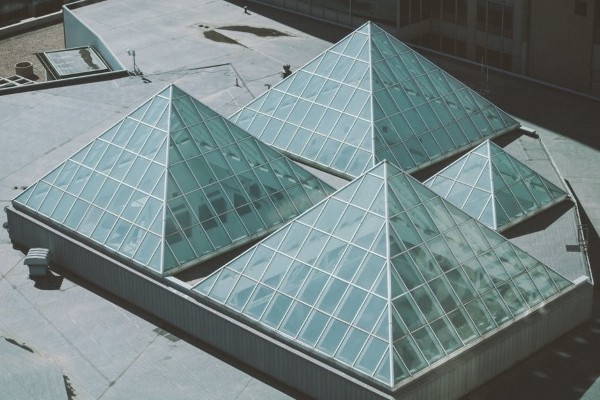
What is EPDM?
Contractors also refer to EPDM as rubber roofing. The material has a rubber base sourced from recycled tires, boots, and other rubber sources. Then, manufacturers melt them and reinforce the compound with different amounts of slate and sawdust.
The final process produces flat sheets of EPDM membranes ready for roofing installation. However, depending on the manufacturer’s design, the roofing material will deliver varying levels of hailstorm protection or fire-retarding capabilities.
With this in your consideration, make sure to read up on the capabilities of the EPDM roof you’re about to purchase.
Why EPDM Is Good for Commercial Roofing
Long Lifespan
Its 20-30 year manufacturer-expected lifespan is one reason why EPDM is good for commercial roofing. Many EPDM makers strive to comply with manufacturing standards requiring the roofing material to last for decades. Additionally, their drive to improve their product is to beat their competition because there are many EPDM manufacturers with excellent offers.
The competitive market and manufacturing requirements ensure almost any EPDM material available will last for decades or even centuries. Contractors deem it possible a rubber roof can last more than 50 years with stable weather conditions and proper installation.
Excellent Durability
Active Standard’s ASTM D4637 guarantees any EPDM manufacturer will create a roofing membrane that will outlast several hailstorms and is fire-retardant. This is one more reason why EPDM is good for commercial roofing.
Hailstorms are any property owner’s nightmare. In residential situations, it will create dents on shingles. For commercial properties, this means dealing with head-on collisions during a hailstorm.
EPDM’s manufacturing standards ensure manufacturers test them for tension and collision from material similar to hailstones. Therefore, almost any EPDM material you use will outlast one or two hailstones.
However, if your property recently underwent a harsh hailstorm, it will be wise to consult with contractors to assess the damages and possible repairs it will need.
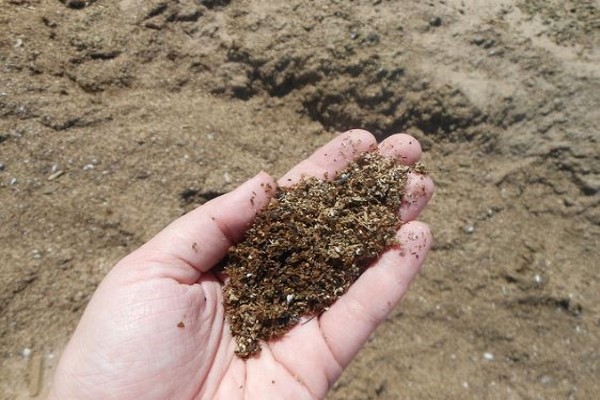
Easy to Install
Unlike other roofing materials, EPDM is one of the quickest to install. This is one more reason why EPDM is good for commercial roofing.
Roofers will require less equipment and manpower to construct flat rubber roofing. They only need to inspect your roofing deck and provide necessary modifications.
Then, they will install additional structures before they unfurl and install your roofing membrane. EPDM only requires high-standard roofing adhesive.
Rubber roofs only take less than a week to install on any commercial roof. This reduces labor costs too.
Very Affordable
Unlike its single-ply counterparts such as thermoplastic polyolefin (TPO) and polyvinyl chloride (PVC), the price of EPDM is extremely lower. Property owners only need to spend $0.4 per square foot. This is the most popular reason why EPDM is good for commercial roofing.
Therefore, an entire roof will only have a cost of $400-$600. With less labor required, property owners save up from their roof expenditures while using a roof that offers excellent insulation, durability and longevity.
While colored variants of EPDM exist, they cost a notch higher than the regular ones. However, properties with visible roofs can make use of this material for affordable curb appeal.
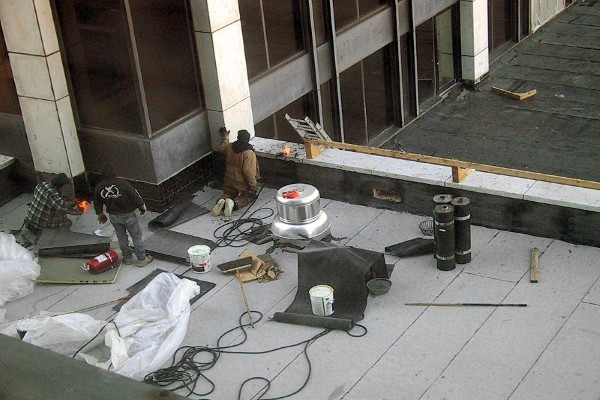
Conclusion
Different roofing materials offer varying advantages. However, property owners will not go wrong in using an EPDM roof.
High-quality rubber roofs are compliant with the high standards required for its manufacturing and capable of lasting for decades or even centuries. Lastly, they cost only a fraction of traditional and single-ply membranes available in the market.

